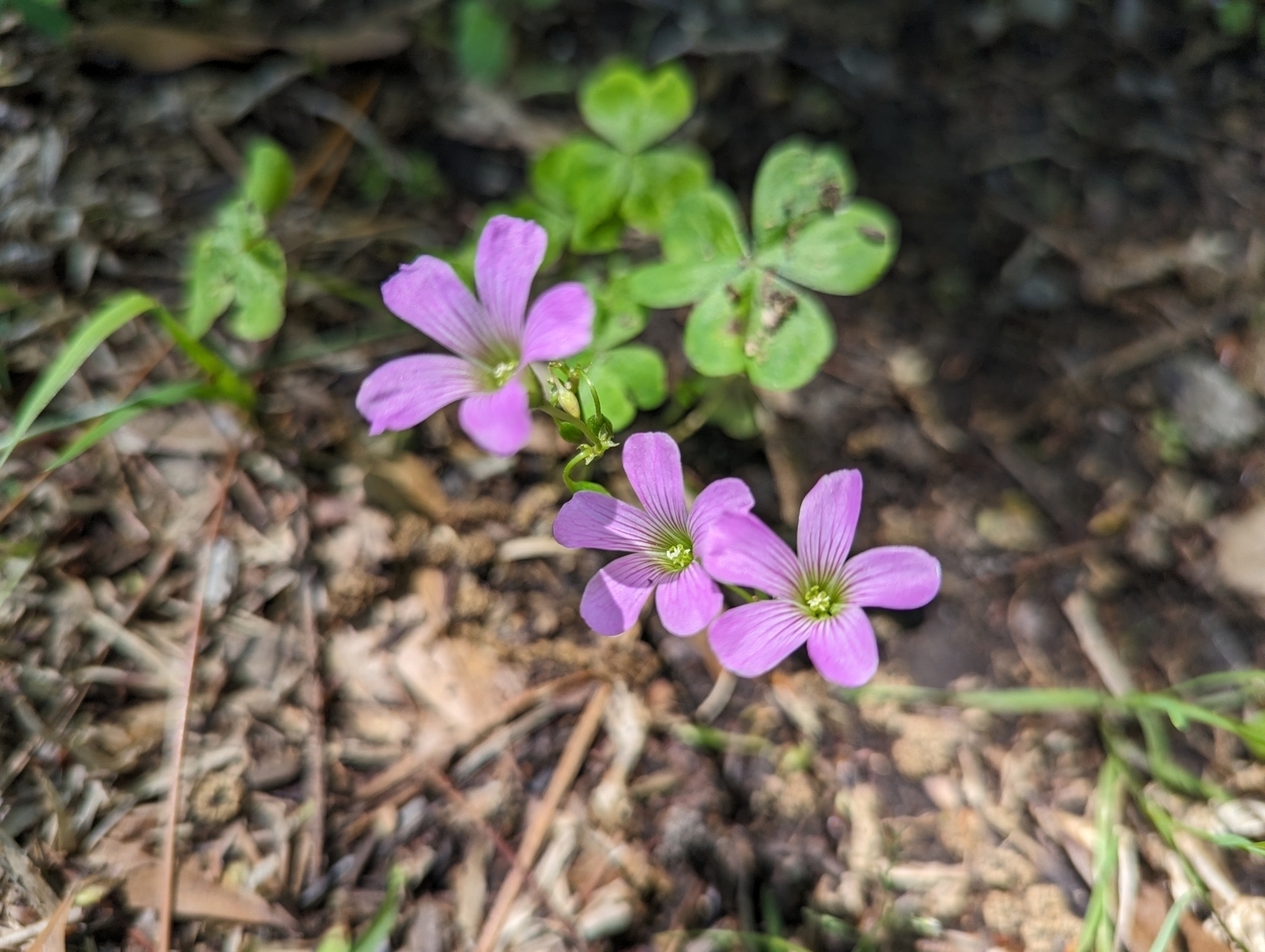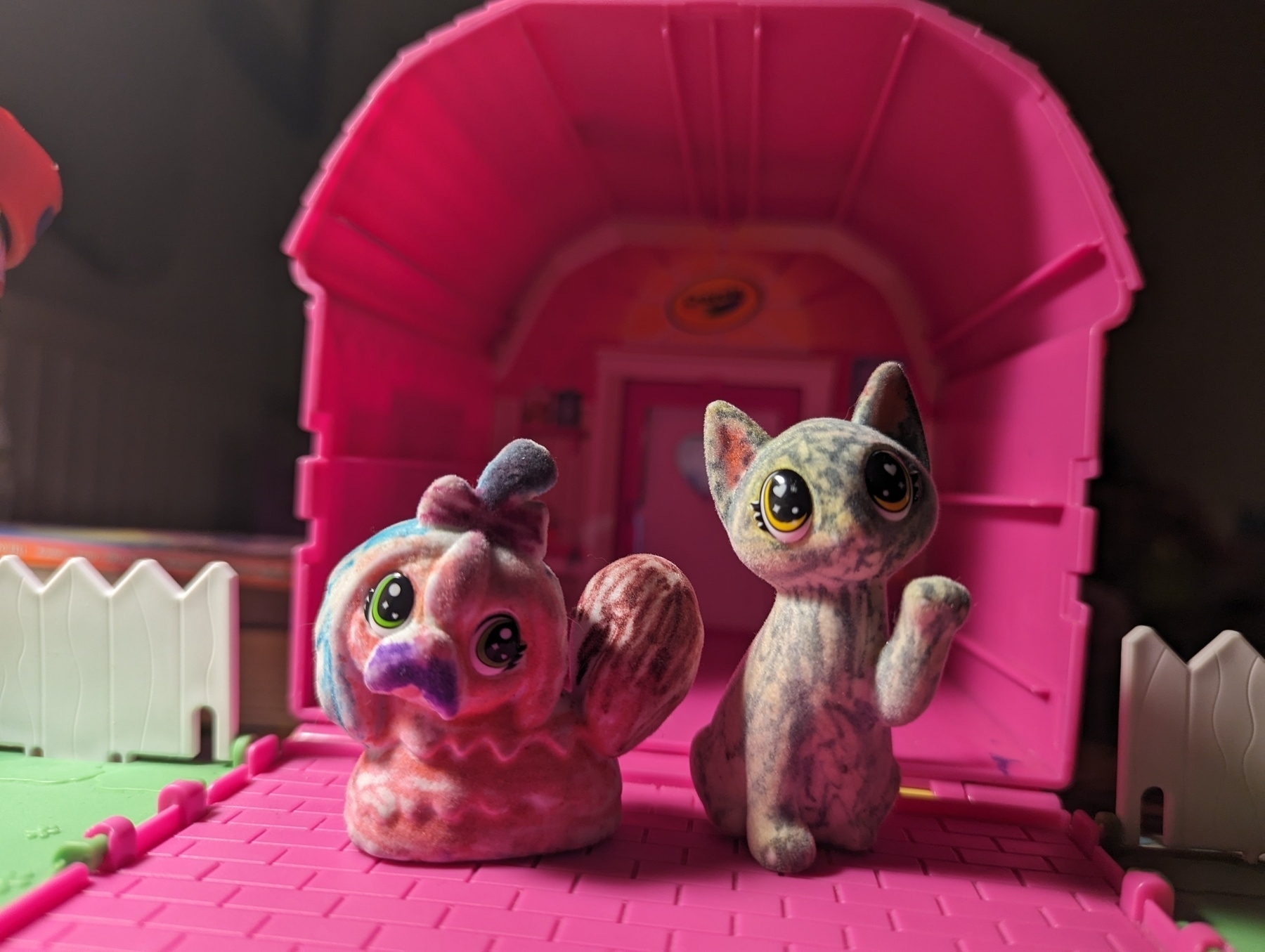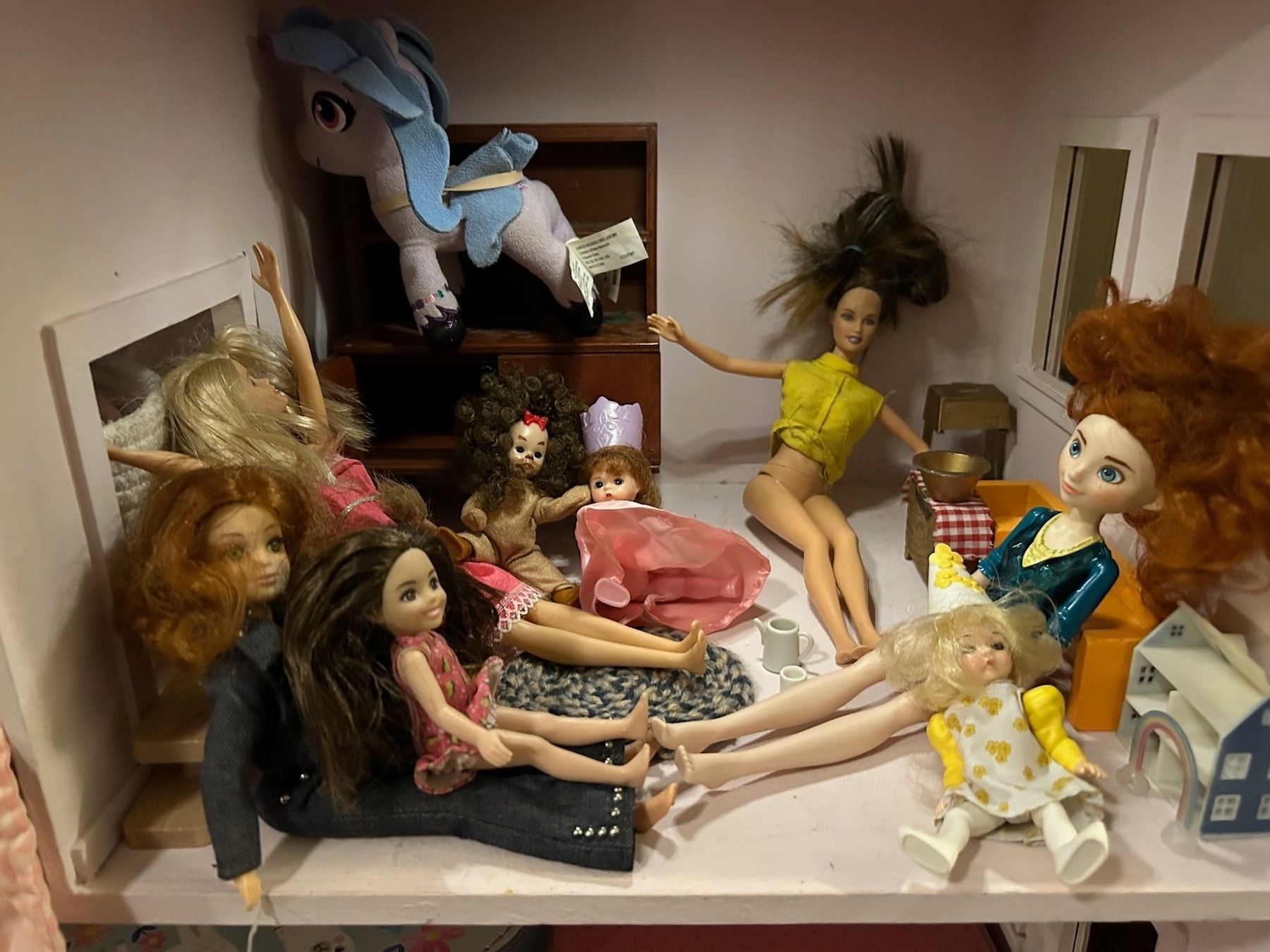📷 Flowers. Day 2 of the April 2024 Micro.blog Photoblogging Challenge. This is a Largeflower pink-sorrel that I found in my backyard.

📷 Flowers. Day 2 of the April 2024 Micro.blog Photoblogging Challenge. This is a Largeflower pink-sorrel that I found in my backyard.

📷 Toy. Day 1 of the April 2024 Micro.blog Photoblogging Challenge.

A scene from my daughter’s dollhouse. Must have been some party.

The Baton Rouge Spanish Town Mardi Gras parade with E.

Wednesday, April 13, 2022
For quite some time, I have admired that way that Chris Aldrich has built his WordPress website with the aim of posting all of his writing and other content to his own website. One of the most interesting features of his site is how he has incorporated his use of Hypothes.is, the free and open-source annotation tool, into his WordPress site. As someone who also uses Hypothes.is for casual and professional reading and within my teaching, I am trying to see if I can accomplish something similar.
Wednesday, November 10, 2021
Sonification is the use of non-speech sound in an intentional, systematic way to represent information (Walker & Nees, 2011). Fascinating Twenty Thousand Hertz podcast, Video(less) Games, in which options for games composed mostly or entirely of sound are described. Gamers and developers discuss their motivations for contributing and the experience of play. At about 15:09, you hear about how Steve Saylor, a blind video gamer and game accessibility consultant, describes how he developed a rich series of audio cues that can be enabled.